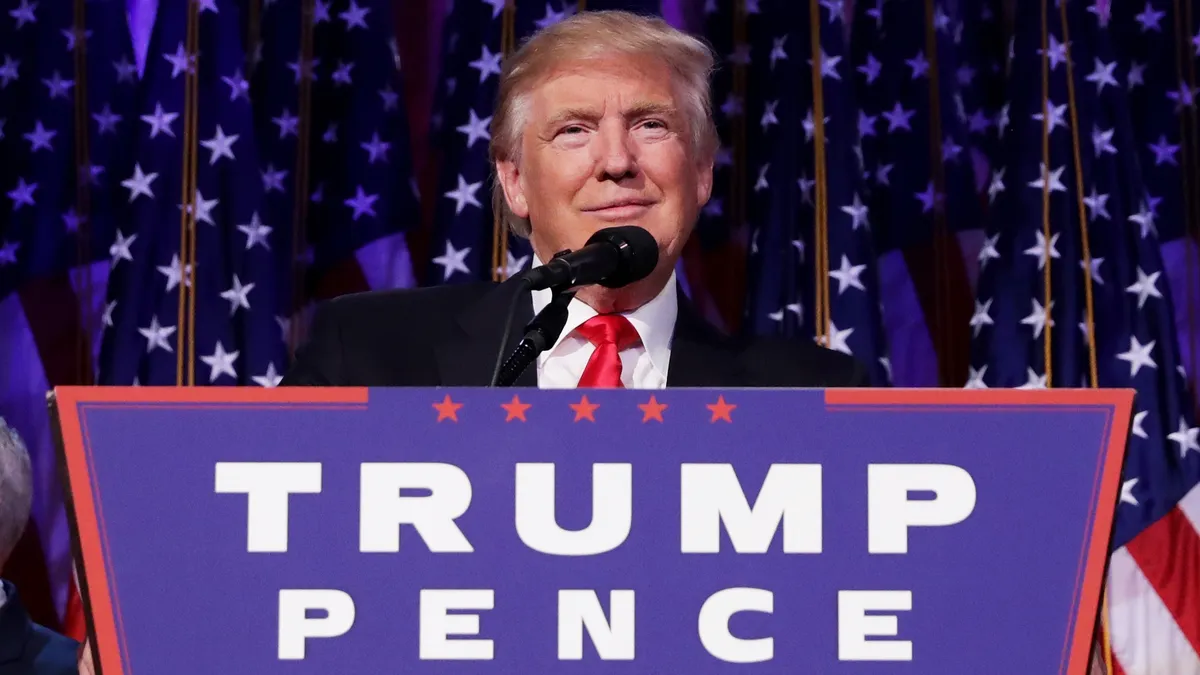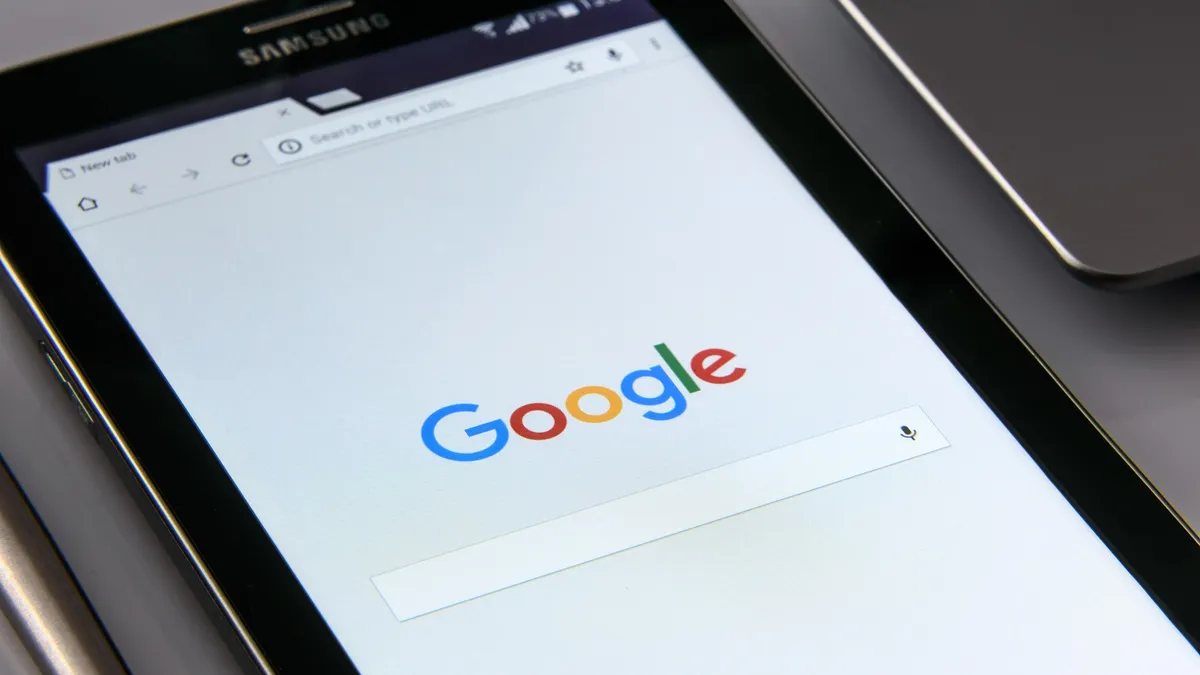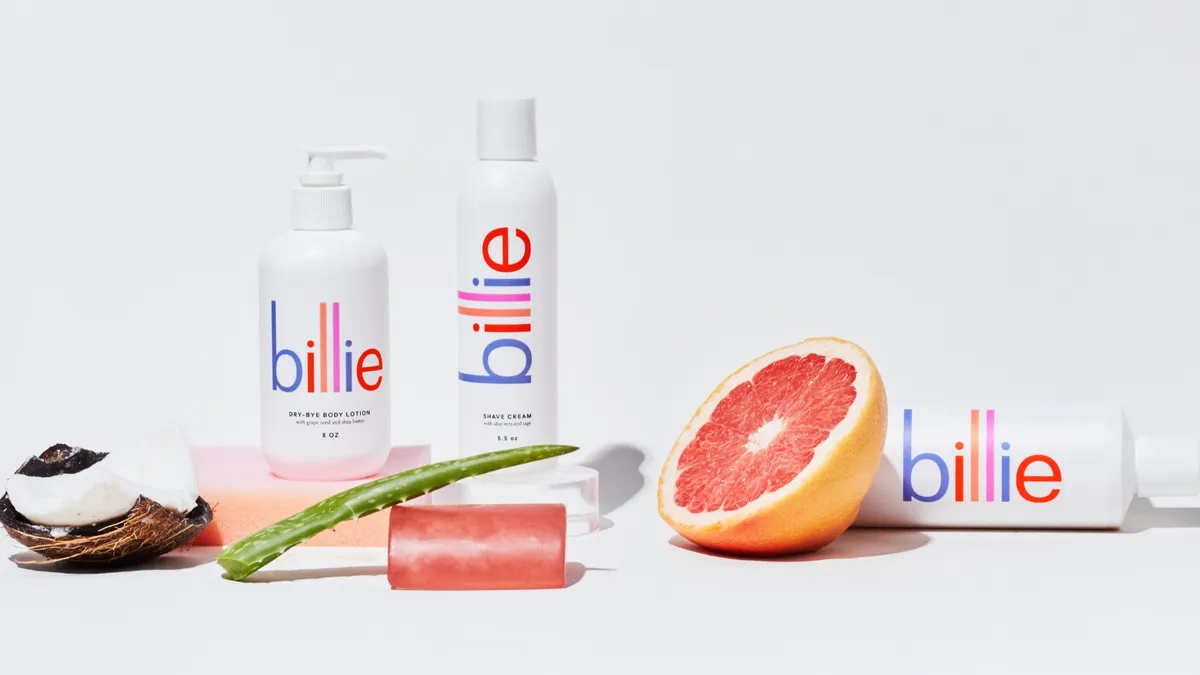How will the Trump victory impact other industries? Here's what we know about the President-elect.
Donald J. Trump will be the next president of the United States.
After a long election night that defied the predictions of many analysts and pollsters, the disruptive and negative political climate that was pervasive during this election cycle has left us with a few important takeaways for marketers to ponder.
Trump upended the conventions of political advertising, relying primarily on earned media instead of timely brand campaigns that would likely have been successful in a previous election. Meanwhile, the very way in which events unfolded in the media moved further away from tradition, with new channels like live video streaming leading the way. At the center of it all, consumers saw their political leanings amplified by the polarizing nature of this election — signaling these leanings may become even more of an important driver for their behavior.
To understand what the future might hold, let's take a look back at the biggest takeaways for marketers from this election cycle.
1. Campaign advertising of old is finished — and that’s bad news for linear TV broadcasters
A supremely unconventional election led to supremely unconventional marketing efforts — and sometimes, no real marketing efforts at all.
Until the final stretch of the race, Trump made almost no TV ad buys, a long-time staple of presidential elections. The Indianapolis Business Journal reported a total TV ad spend of $146 million for all campaigns by late August, a sharp drop from $373 million at the same time in 2012.
While Clinton ultimately ran a much more traditional effort — and Trump eventually joined the fold with TV ads of his own — there's no denying the Republican candidate’s approach disrupted the established paradigm of relying on paid media. Don't be surprised to see a decline in advertising spend again in the next election.
2. Live streaming video is the future — and that’s (also) bad news for linear TV broadcasters
OK, perhaps that's a bit hyperbolic. Viewer turnout on traditional television was still strong this year, thanks to the extreme turbulence of the news cycle.
But there’s also no denying that YouTube, Facebook and Twitter became a major part of the broadcasting conversation, partnering with major media outlets like Bloomberg and BuzzFeed News to bring live coverage of the debates and election night to digital viewers across the country. Streaming turnout wasn’t revolutionary, but it became significant enough to show it isn't a fluke or fad either.
If current trends hold, live streaming is set to only grow. As linear television ratings continue to slip overall in favor of digital channels, it won’t be surprising to see these platforms play an increasingly essential role in elections to come. Marketers should be paying close attention.
3. Brands and politics make for a muddy mix
The word "Trump" recalls not just a man, but a strong brand name. Or at least it used to.
CNBC’s most recent All-America Economic survey found that demographic groups across gender, age and income all view the Trump brand less favorably following his presidential run, a decline likely due to his myriad personal scandals.
But while the controversies surrounding Trump were bound to damage his brand, politically-themed brand efforts also took a hit this year. AB InBev, the maker of Budweiser, tried to bring America together again with a buoyant Amy Schumer/Seth Rogen Bud Light-themed political campaign, but even that approach went flat.
In fact, the few brands that truly looked good this election season were two candy makers — Skittles and Tic Tac — that eschewed real-time marketing opportunities in favor of distancing themselves from the political ugliness of this election.
4. Influencers are mainstream
Who helped lead Hillary for America’s “closing argument” this campaign season? GloZell Green, Todrick Hall and Sam Tsui.
No, those aren’t obscure campaign managers or political think tank mavens — they’re YouTube influencers that Clinton’s team deployed to help get out the young vote in key battleground states.
Yes, social influencers — once considered a niche — are now an essential part of many brands' marketing efforts, especially when trying to reach younger demographics averse to more traditional marketing techniques.
Though the final push by Clinton may not have been enough at the end of the day, the move to utilize influencers could set a precedent for other political campaigns down the road.
5. Trump and Clinton changed the way we think about social
While Clinton brought social influencers into politics, Trump disrupted the norms for social, period.
Social media became the nation’s loudest megaphone for Trump, who turned late night Twitter rants into their own media machine — one that surprisingly helped drive his campaign to victory.
A wide disparity emerged between how Clinton handled her social strategy (spoiler: very traditionally) and Trump’s less scripted approach.
“The takeaway from Trump’s effort will be frightening to many marketers, especially digital and direct marketers,” Jordan Cohen, CMO of Fluent, told Marketing Dive in October. “He kept the race tight without adhering to any of the conventional wisdom about how a campaign is supposed to be run.”
After Trump's victory, the rules of how to effectively run a campaign on social may be going out the window.
6. Marketers may need to rethink segmentation
The big demographic questions for marketers these days are all oriented around age: What are millennials up to? Where does Gen Z spend their time?
But while generational segmentation will always play a prominent role in marketing, the election has revealed how political leanings increasingly drive consumer behavior across age gaps. A recent CEB survey found conservatives far more likely to be deal seekers, while liberals are more likely to be brand loyal and engaged with businesses through platforms like social media.
“People who consider themselves to be very conservative and people who consider themselves very liberal are not just reacting to the media noise — their core drivers are quite different,” Kate Muhl, the research director for US at CEB, Iconoculture Consumer Insights, told Marketing Dive. “This has been a long range trend toward more polarization, and there's an increased momentum in this type of division. We don't anticipate that polarization on a values level going away post-election.”
Self-protection and guardedness are also on the rise, according to Muhl, who noted that some of her clients are beginning to take more notice of the paradigm shift — one that all marketers should pay attention to heading into next year.
"The questions around how marketers think about people don't often align with how people think about people," she said. "There's something about this election season that's brought those sets of concerns into alignment."

















